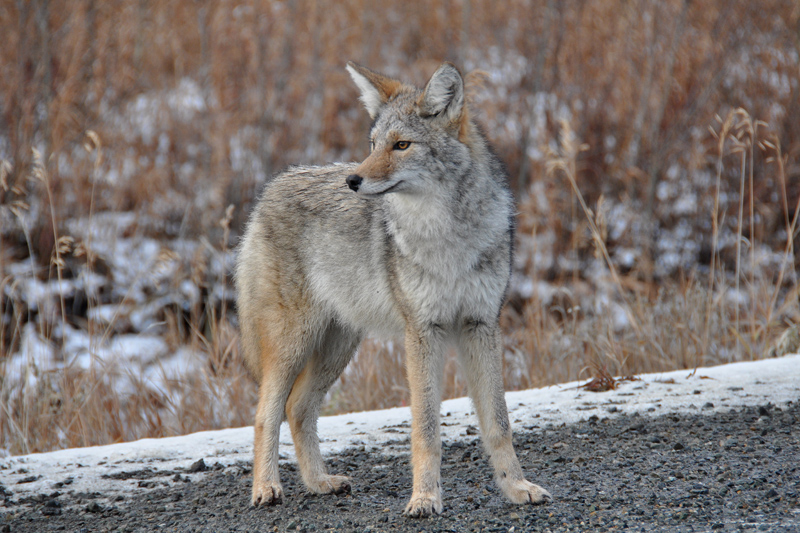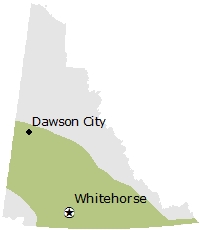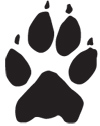
Name
- Common name: Coyote
- Scientific name: Canis latrans
- Order: Carnivora
- Family: Canidae
Other names
American Jackal, Prairie Wolf
Viewing opportunities
- You will have a better chance of seeing a Coyote near a community than in remote areas of the Yukon
- Coyotes are active at night and can often be spotted along back roads or in the suburbs by those who rise at first light.
- Coyotes are heard as often as they're seen. Listen for a chorus of whines, barks, and howls drifting into the late evening or early morning.
Description
- Dog-like delicate body with skinny legs.
- Tawny grey to tan in colour with a slight cinnamon tinge to their coats.
- Coyotes can be distinguished from wolves from their smaller size and different facial characteristics. Coyotes have a narrow snout and large ears relative to its head size, whereas wolves have a broad snout and smaller ears relative to its head size.
Fast facts
- Height: 62 cm
- Weight: 10 to 12 kg
- Lifespan: 10 years
- Predators: Eagles, wolves, bears, cougars
- Habitat: Coyotes can use any habitat, but prefer open habitats. In urban areas, Coyotes may prefer wooded areas that provide shelter to hide from people.
Conservation status
- Yukon: S5 (Secure)
- Global: G5 (Secure)
Yukon population estimate
Not determined.
Behaviour
Coyotes typically have a highly organized social system composed of an alpha male and female pair and pack mates that are closely related, similar to wolves. Coyotes usually hunt alone, unlike wolves that typically hunt in packs. Coyotes can also live alone as solitary animals. Unlike wolves, Coyotes can also thrive in urban settings, taking advantage of scavenging opportunities and the lack of predators. Coyotes are strongly monogamous and bonds between alpha pairs often break only due to death. Coyotes do not use dens except during the pup season. Coyote dens consist of suitable natural burrows or holes, but they may also use old dens from other carnivores or dig their own on well-drained slopes.
Food
Rodents, Snowshoe Hares and carrion.
Distribution

Sights and sounds
env-coyote-audio.mp3

Coyotes and people
- Coyote fur is coarser than the fur of many animals. It stands up well to use and because of its low price and good serviceability, it is commonly used as parka trim.
- In agricultural and other areas, Coyotes play an important role in containing rodent populations.
- Coyotes are most dangerous when they come to rely on people or populated urban areas for food. Food left outside for pets is an easily preventable lure and unmonitored pets can draw in a coyote and be attacked.